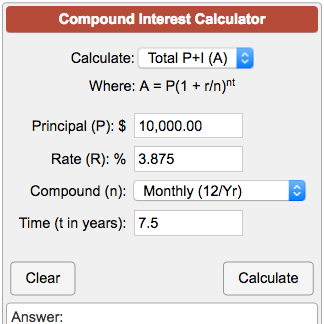How to calculate osmoles

Osmoles are a fundamental concept in understanding the basics of chemistry, biology, and medicine. In this article, we’ll take you through a step-by-step process on how to calculate osmoles, providing examples along the way.
What are Osmoles?
Osmoles, or more specifically osmolarity, is a measure of the concentration of solute particles in a solution. It is expressed as osmoles per liter (Osm/L) and is helpful in determining the behavior of cells and solutions when placed in different environments.
Calculating Osmoles: An Overview
To calculate osmolarity/osmoles, you need the following information:
1. Molarity (M) – the concentration of a solute in moles per liter.
2. The number of particles (i) – how many ions or molecules are formed by each solute particle.
The formula for calculating osmoles is:
Osmoles = Molarity (M) x Number of particles (i)
Let’s break it down further with an example.
Example
Suppose we have a 0.2 M solution of NaCl (sodium chloride). How can we find the osmolarity?
1. Determine the molarity (M): In this case, it is given – 0.2 M.
2. Determine the number of particles (i): Sodium chloride (NaCl) dissociates into two ions when dissolved in water: Na+ and Cl-. Therefore, i = 2.
Using the formula:
Osmoles = Molarity (M) x Number of particles (i)
Osmoles = 0.2 M x 2
Osmoles = 0.4 Osm/L
The osmolarity of the 0.2 M NaCl solution is 0.4 Osm/L.
Calculating Osmoles for Mixtures
In a mixture of multiple solutes, you will need to calculate the osmolarity of each solute separately and then add them together. Here’s an example:
Suppose we have a mixture containing 0.1 M glucose and 0.2 M NaCl. Calculate the total osmolarity.
Step 1: Calculate osmoles for each solute:
– Glucose (C6H12O6) does not dissociate in solution and remains as one particle. Thus, its osmolarity is:
Osmoles (glucose) = 0.1 M x 1 = 0.1 Osm/L
– As we calculated earlier, the osmolarity of NaCl is:
Osmoles (NaCl) = 0.2 M x 2 = 0.4 Osm/L
Step 2: Add individual osmoles to get the total osmolarity:
Total Osmolarity = Osmoles (glucose) + Osmoles (NaCl)
Total Osmolarity = 0.1 Osm/L + 0.4 Osm/L
Total Osmolarity = 0.5 Osm/L
Conclusion
Calculating osmoles involves determining the molarity and the number of particles formed by each solute in a solution or mixture. Understanding this concept is essential for various applications across chemistry, biology, and medicine to predict how cells and solutions behave in different conditions.






